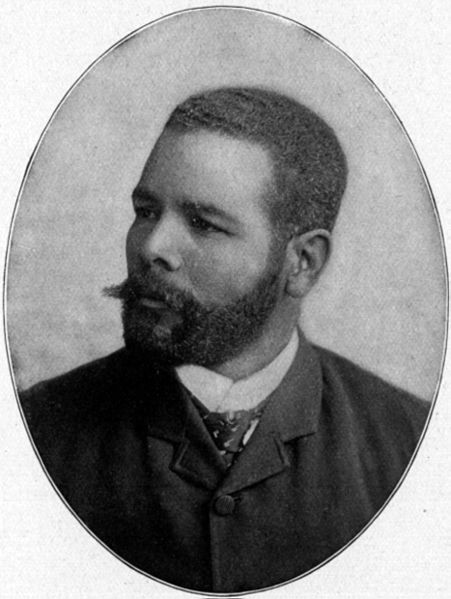Lt. General José Antonio de la Caridad Maceo y Grajales was a Cuban general and second-in-command of the Cuban Army of Independence.
Antonio Maceo Grajales
Maceo in uniform
Death of Maceo in 1896
Maceo depicted on the original artist/progress proof designed by the US Bureau of Engraving and Printing for Cuban silver certificates (1936).
The Cuban Liberation Army, colloquially known as the Mambí Army was an insurgent army which was formed in the last third of the 19th century and fought for independence from Spain and the abolition of slavery. It first saw combat in the Ten Years' War (1868–1878) under the command of Carlos Manuel de Céspedes, Ignacio Agramonte, and Carlos Roloff. The independentists were decentralized and operated within their own regions autonomously of each other, until the Assembly of Guáimaro established the Republic-in-Arms of Cuba and the Liberation Army's command structure. After the Pact of Zanjón, a brief uprising called the Little War saw Major-Generals Calixto García and Antonio Maceo lead the Army of Liberation in another attempt at independence and the abolition of slavery, though unsuccessfully. Finally, during the War of Independence, the Liberation Army was once again organized to fight against the Spanish colonial government. The Liberation Army would reach its highest count of active members in the Spanish-American War, when an imminent Cuban-American victory caused hitherto anti-independence elites to join the Liberation Army. These recruits were nicknamed "Sunflowers" because they "point to where the sun is shining".

The clothing of the Cuban soldier was made of light, breathable fabrics. This was to help withstand the tropical heat.
Mambí officer holding a machete and wearing a holster for a pistol.
Cavalry forces were a powerful element of the Liberation Army, and were instrumental in some famous battles.
Cuban soldiers of the Sixth Corps in Pinar del Río.








